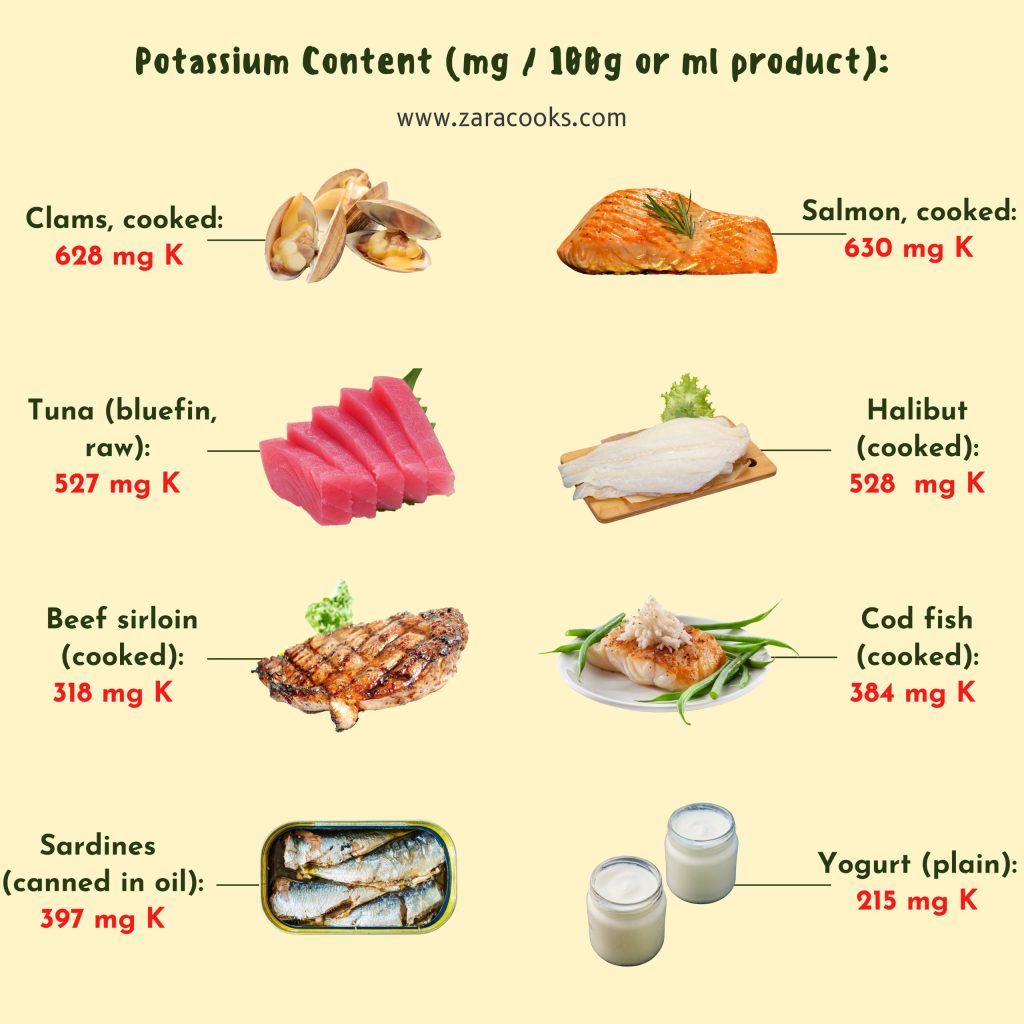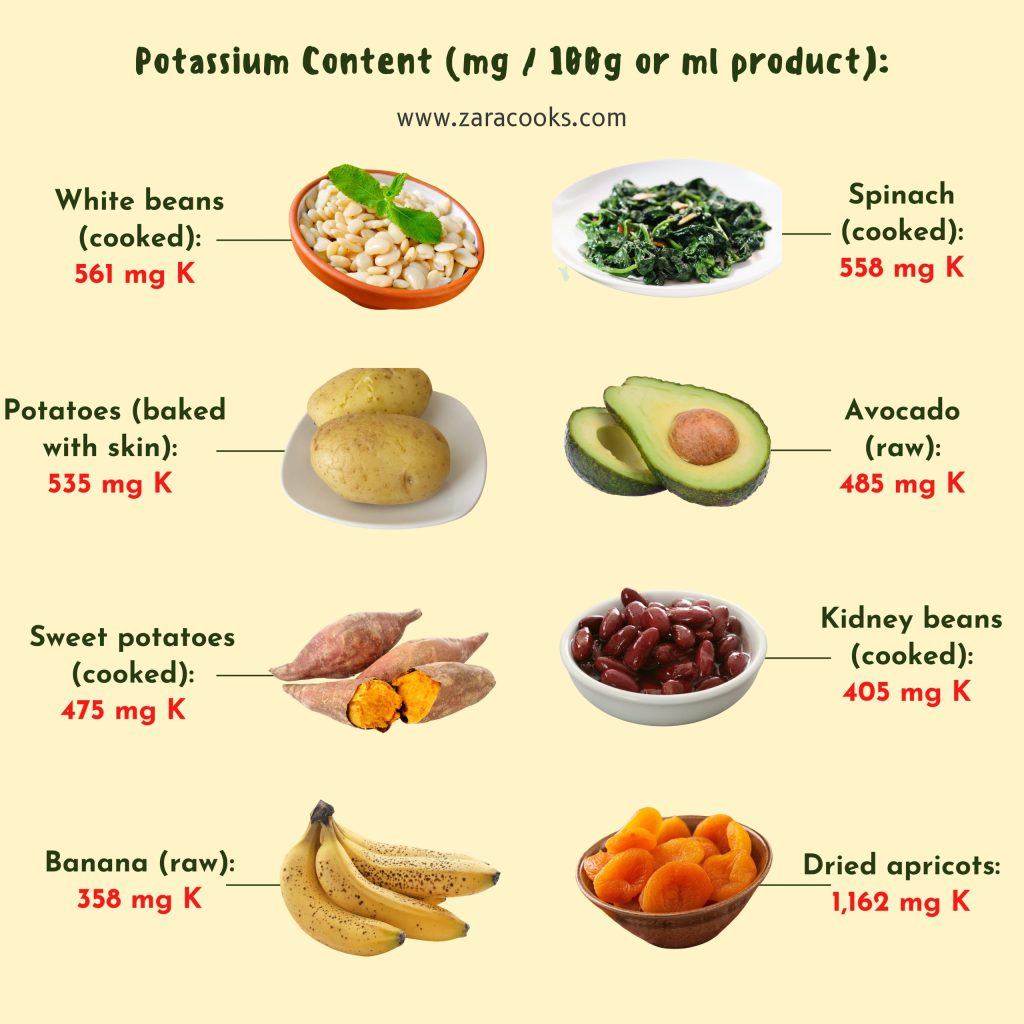Introduction:
Now that we’ve explored what potassium does in the body, the risks of deficiency, and how to support potassium balance, it’s time to look at where to find it. Potassium is abundant in many foods—yet surprisingly, many people still fall short in their daily intake.
This guide offers a clear overview of the most potassium-rich foods from both general and vegan sources, making it easier to build a diet that supports your electrolyte balance and overall health.
How to Use These Tables
The following food lists show the approximate amount of potassium per 100 grams of the edible portion. These values are based on reliable food composition databases and reflect averages—so slight variations may occur depending on variety, ripeness, or preparation.

Top Potassium-Rich Foods (Vegan Sources)

Quick Takeaways
- Legumes, leafy greens, and root vegetables are standout sources.
- Dried fruits like apricots pack a powerful potassium punch in small portions.
- Even commonly eaten foods like bananas, avocados, and potatoes contribute meaningfully to your daily intake.
- Plant-based eaters can easily meet their potassium needs with smart combinations of beans, greens, tubers, and fruits.
Summary Table: Food Sources at a Glance
| Food Group | Examples High in Potassium |
| Legumes | White beans, lentils, edamame |
| Leafy greens | Spinach, beet greens, Swiss chard |
| Root vegetables | Sweet potatoes, potatoes, squash |
| Fruits | Bananas, apricots (dried), avocados |
| Animal proteins | Salmon, beef, chicken |
| Dairy | Yogurt, milk |
Conclusion
Potassium is within reach—whether you eat everything or stick to plants. Building a diet that includes potassium-rich foods is a powerful step toward protecting your heart, muscles, and nerves, and helping your body operate at its best.
